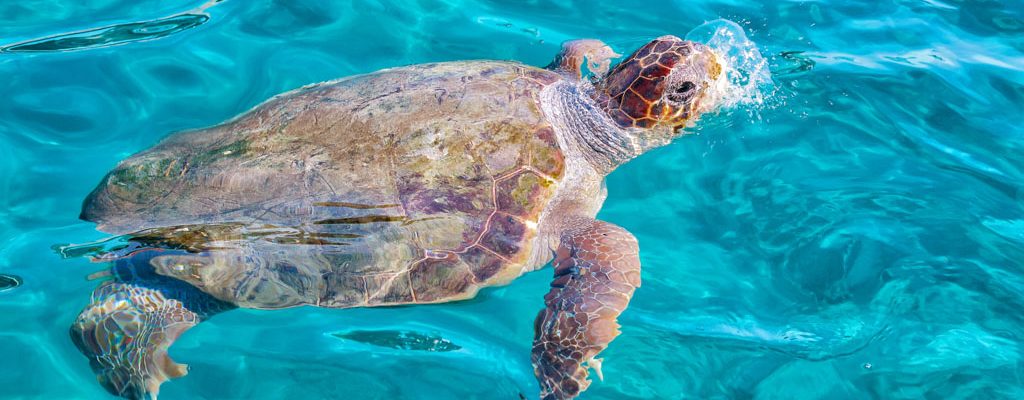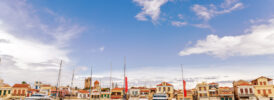Greece’s natural beauty is astounding, and it extends to its animal kingdom. One of the oldest inhabitants of the seas, the majestic Caretta Caretta sea turtle, calls Greece home. This magnificent creature, which is also referred to as the loggerhead sea turtle, adores the Mediterranean, and Greece in particular: over half of its nesting sites are here. Let’s get to know this noble creature of the Greek seas.
The Caretta Caretta Sea Turtle – a Protected Treasure
The Caretta Caretta is among the earths’ oldest species – they are one of seven species of sea turtle that have graced our planet for 100 million years. For some perspective, dinosaurs became extinct 65 million years ago.
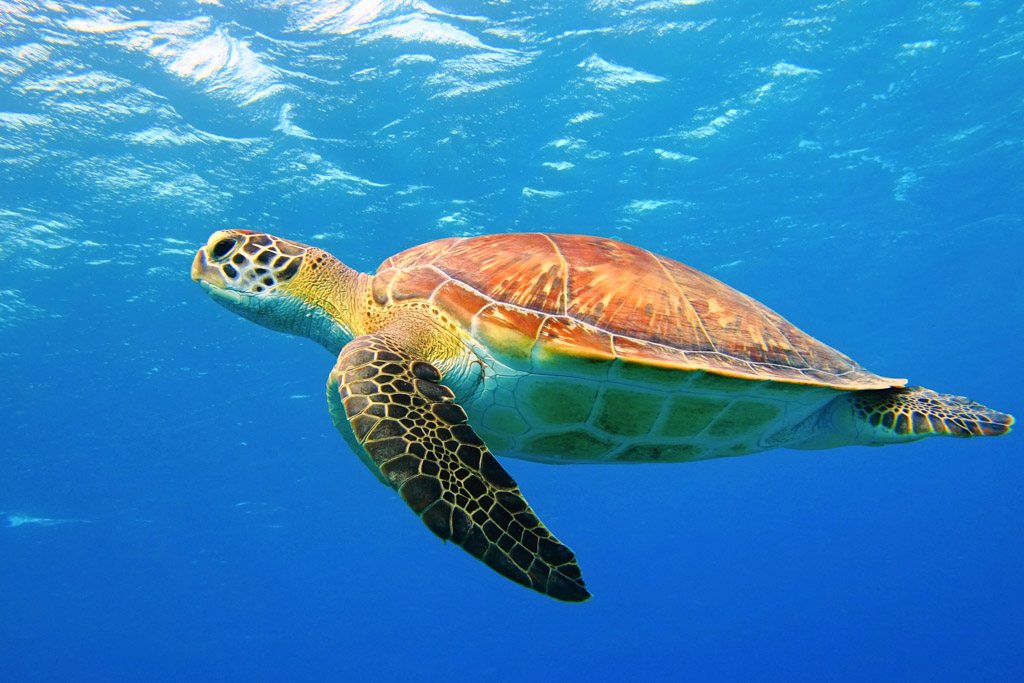
The loggerhead sea turtle is impressive – on average, the shell is about a meter long, and weighs about 135 kilos, but there have been specimens recorded who weigh three times that amount. They are graceful giants. To encounter one – as respectful divers and even snorkelers might on a very fortunate occasion – is an unforgettable experience. But- as we see below- we never want to seek them out actively.
Their lifespan frequently reaches over six decades, and they can reach a century. They are omnivorous, with strong jaws enabling them to feast on many creatures.
Where They Live
Greece is very fortunate, hosting sixty percent of the species’ nesting sites in the Mediterranean. There are two important breeding sites in Greece: one is Laganas Bay in Zakynthos, with six nesting beaches overseen by the National Marine Park of Zakynthos. Another is in the western Peloponnese in the southern part of the Kyparissia gulf. The Caretta Caretta is also fond of the waters off of Kefalonia.
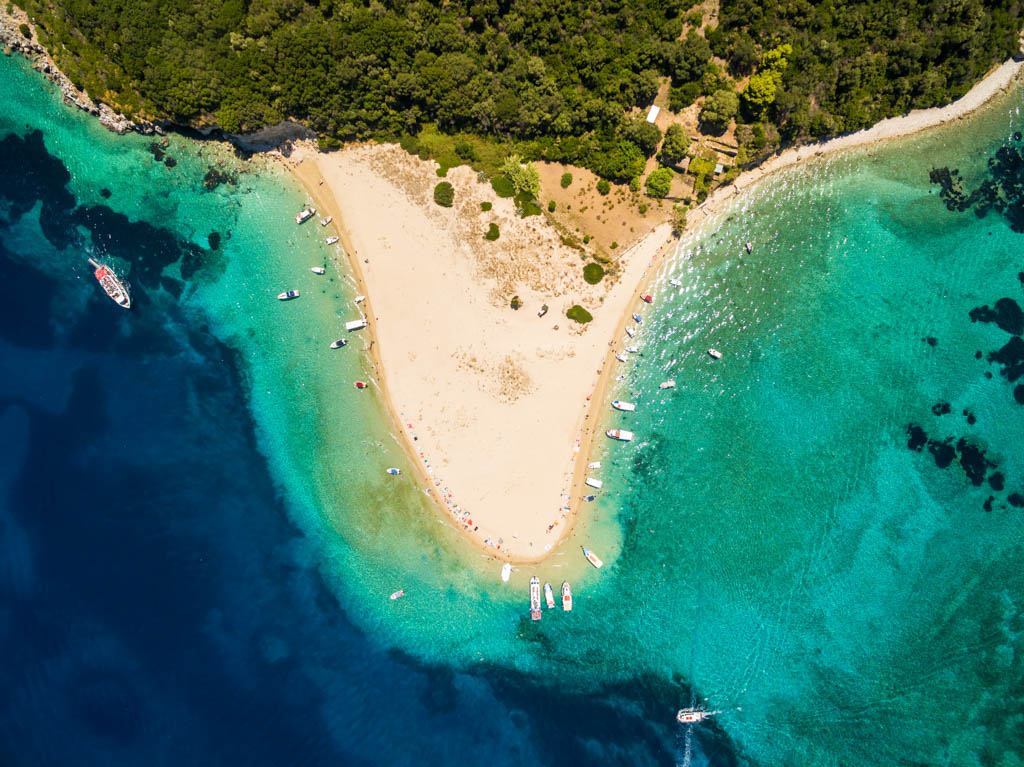 They are nesting beaches in many places throughout Greece however, in addition to these major sites the sea turtles nest sporadically throughout the Dodecanese, on Crete (by Rethymno, especially), and the Sporades, where there is also a Marine Park protecting them off of Alonissos.
They are nesting beaches in many places throughout Greece however, in addition to these major sites the sea turtles nest sporadically throughout the Dodecanese, on Crete (by Rethymno, especially), and the Sporades, where there is also a Marine Park protecting them off of Alonissos.
Why the Caretta Caretta Needs our Help
Such a grand species, so strong – they can eat everything and they have very few natural predators, given their enormous size and hard shell. Unfortunately, it is we who endanger them. Common human threats include plastic pollution – they can get entangled in plastic waste. Plastic bags, nets, and other refuse can strangle them or trap them under the sea- while the sea is their home, the Caretta Caretta breathes air, as we do, and must periodically come up to the surface. They can even collide with fishing vessels or other craft.
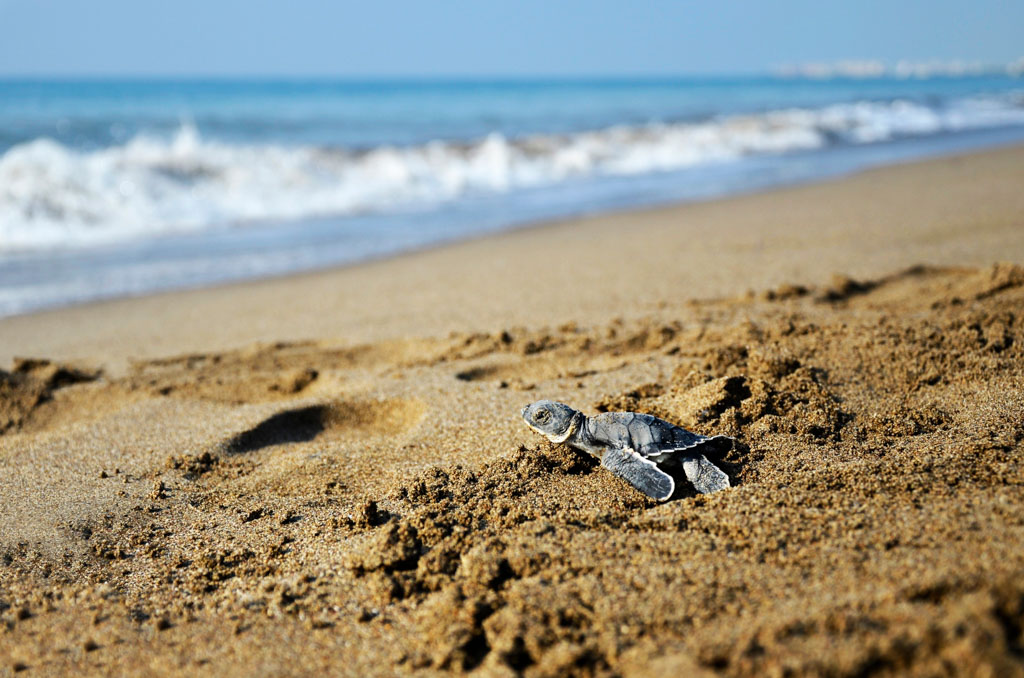
The other major threat that these creatures face is very difficult to combat. Human civilization itself is a huge threat to their nesting sites. The sea turtle nests on beaches. The hatchlings must find their way into the sea, guided by the stars. Noise pollution and light pollution especially confuse them- they see lights and head towards a beach bar or a town, thinking that these are stars. Fires and beach erosion further threaten their nesting sites.
The NGOs and Municipalities Taking Action
Fortunately, the Caretta Caretta has many allies determined to protect this threatened and precious species. The Ionian Island of Zakynthos, mentioned above, is one of their most important areas, with a high concentration of nesting sites and to match that a high concentration of effort. The Caretta Caretta reproduces slowly, with females laying up to four clutches of eggs before going into a resting stage for two to three years, making the protection of nesting beaches even more important.
Zakynthos and Sekania Beach
The National Marine Park of Zakynthos has implemented a number of protocols for the protection of the nesting beaches clustered on the southeastern shore along the Gulf of Lagana. These measures include limiting and restricting vessel speeds and especially in certain seasons restricting access to vessels altogether in certain areas, to avoid collision.
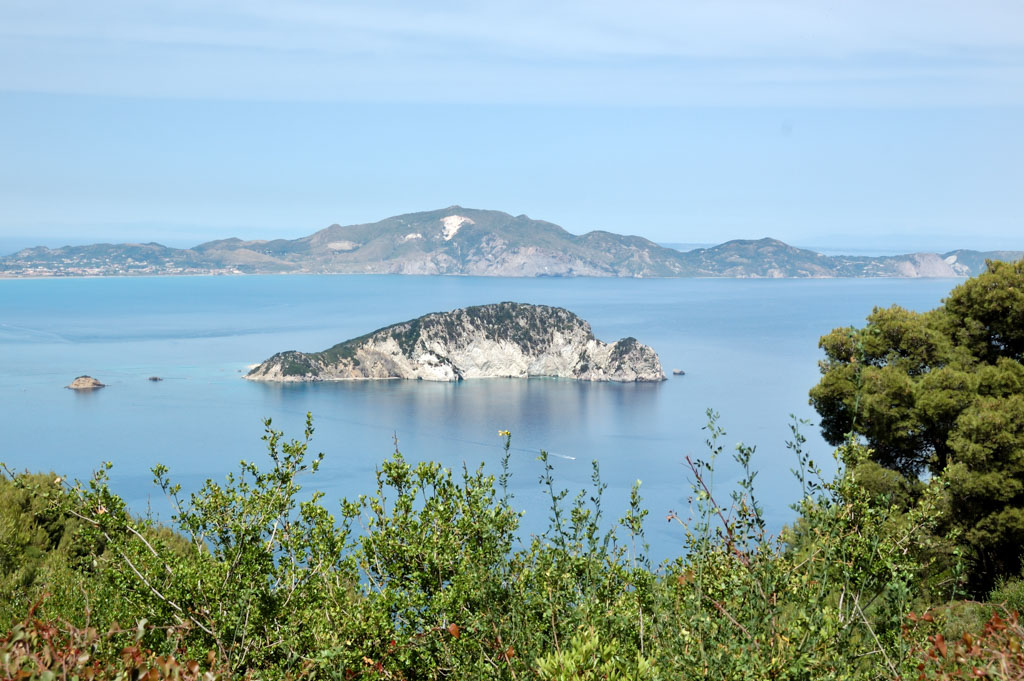
Sekania beach is not only a protected nesting site. This beach overseen by the Zakyntos Marine Park and WWF Greece is an active “nursery”. Although it is just over half a kilometer in length, it hosts some 500 to 1,00 nests each year. The other nesting beaches are also protected by many measures.
Kyparissia Bay – the Efforts of MEDASSET
On the shore of the western Peloponnese this beautiful bay is protected as part of the Natura 2000 network on account of its dune ecosystem and of course the nesting sites of the majestic Caretta Caretta. The threats that MEDASSET (Mediterranean Association to save sea turtles) combats include illegal building and the consequent erosion of the dunes and beaches, vehicular access which destroys the nests, farming of non-indigenous crops, fishing near the shore, and anything else that could disturb the nests. Even something as benign looking as a beach lounger can be a threat if it is on the wrong spot. Raking the beaches to flatten the sand for a more inviting place for humans to lounge is also a problem.
What Steps Can We Take to Help?
Simple awe and awareness can go a long way to protecting the Caretta Caretta. None of us would wish to intentionally cause harm to these precious creatures. To this aim, there is frequently information posted at potential nesting sites. Reading this is always important and also informative. In short though, we should not intervene in the natural environment by collecting wildflowers or sand or anything else that looks inviting – these actions can lead to erosion, and they need all the sand available for their nesting. In some places perhaps we need to refrain from using umbrellas, as placing them deep in the sand can destroy a nest. Maybe we see a hatchling – how exciting! But we should not intervene. At the most, we can see that no human interference – such as a hole we have dug, or objects – such as beach toys – obstruct the creature’s path to the sea.
The turtles often nest between sunset and the early morning hours- avoiding the beach then helps them nest undisturbed. Another thing we can do is to not seek them out. Sometimes private companies organize boat trips to see them. It is very tempting to imagine glimpsing these beautiful creatures in the water. But boats can scare them and cause them stress. It is best to maintain a respectful distance.
The best thing to do is for visitors to inform themselves – using posted materials on site, and also consulting the sites of organizations such as WWF Greece, the Zante (Zakynthos) Turtle Center, and MEDASSET.

